
Want to learn about the rocks of Mt #Everest and the #EBC trek? I am a geologist and did a couple of roadside lectures and field observations on my trek; here are some of the cool rocks l found. 1/n #geology #Himalayas #Nepal #adventure #Science #academia #nature 



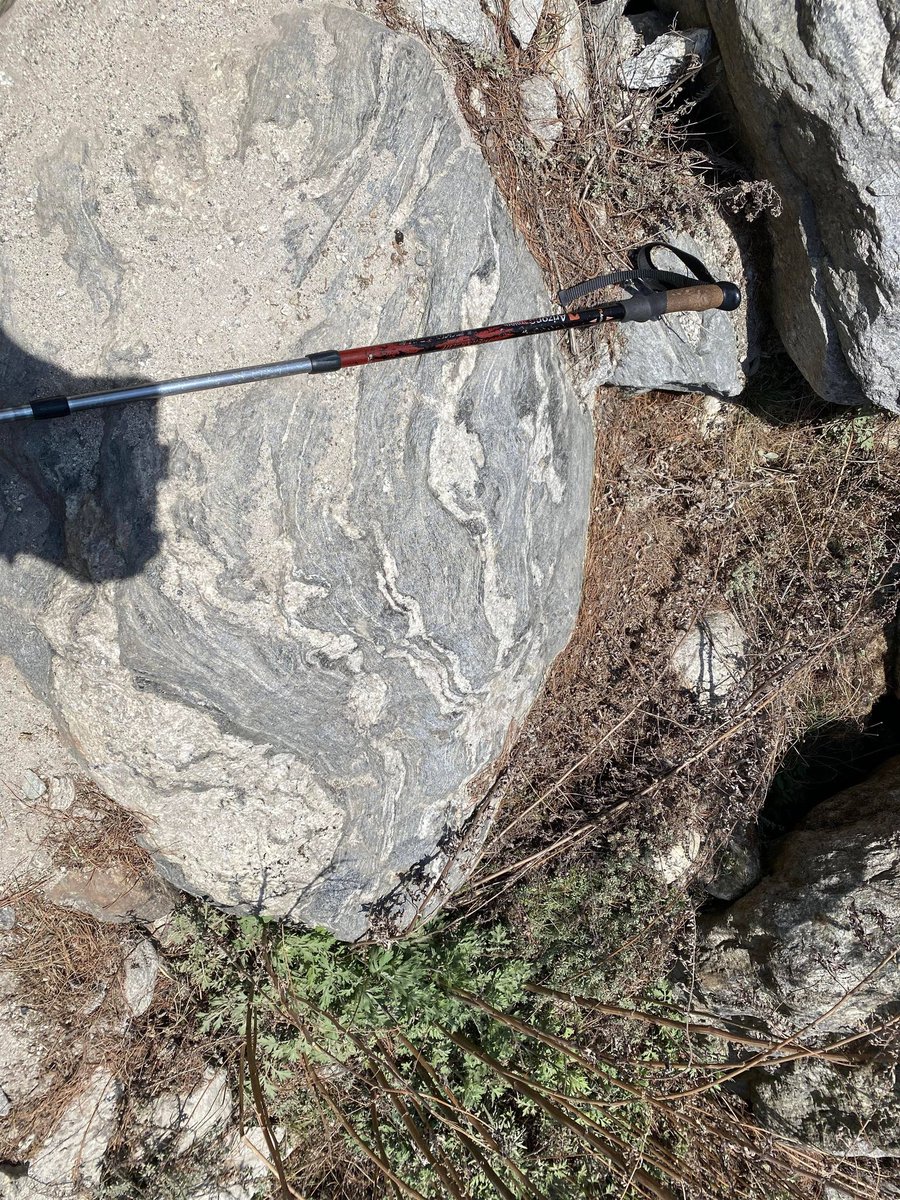

Over 50 million years ago, there was an ocean between India and Eurasia, the Tethys ocean. The ocean closed and the two continental plates collided forming the Himalayas. The Himalayas are still growing today! 2/n
Imagine being pressed between two continental plates! That pressure forms metamorphic rocks that can be categorized into how much pressure was applied to the rock. At low pressure, former mudstones from the bottom of the ocean become slate: grey, flaky rocks. 3/n 
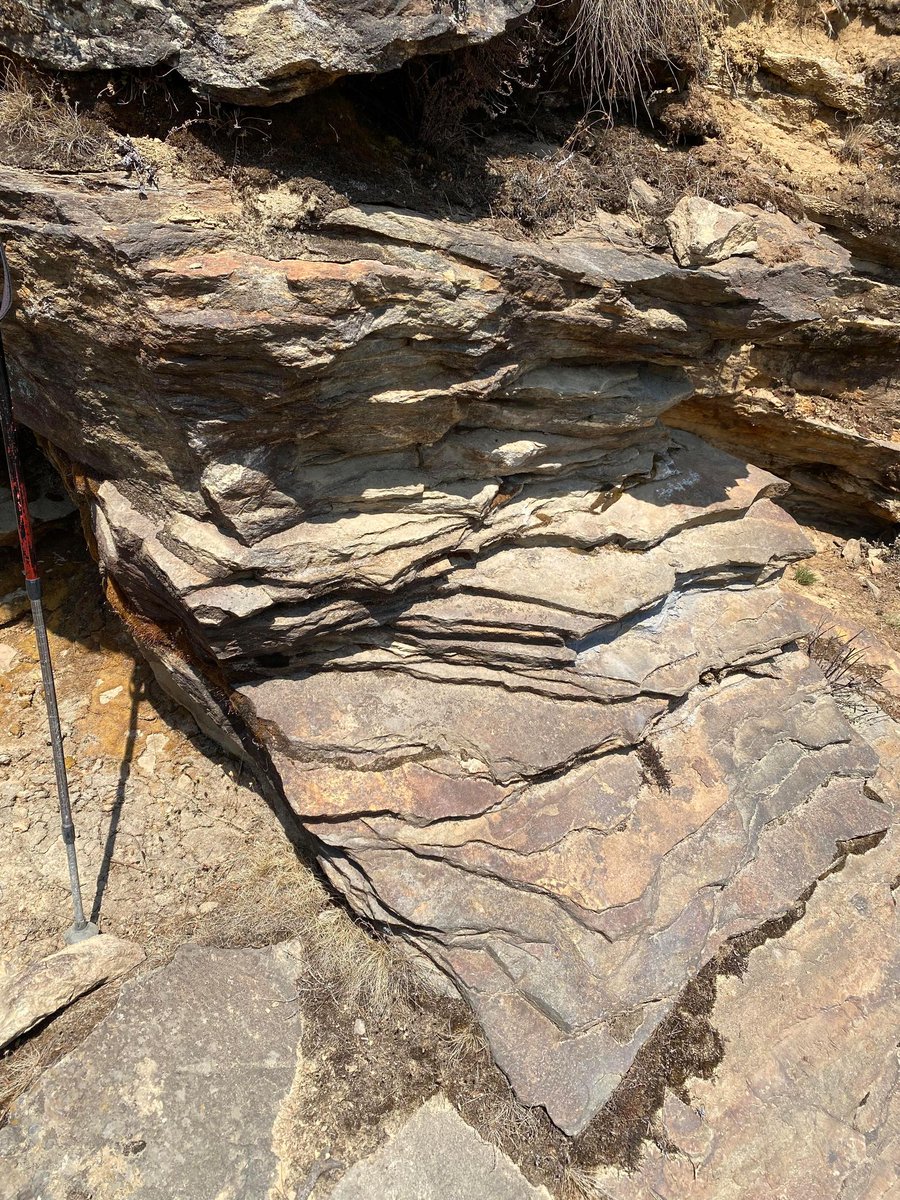
If the pressure is even higher, rocks will develop what’s called a “schistosity”, a type of layering known as “foliation” that consists of shiny minerals known as micas. Micas look like thin plates that are very shiny and beautiful but break easily.4/n 

At high pressures, the rock type, “gneiss”, is formed, recognized by alternating black and white bands. Sometimes those bands are “folded” perpendicular to the direction of compression, and sometimes quartz minerals will form little eye shaped forms, known as augen gneiss. 5/n 



Now, at the bottom of a mountain it can get really, really hot but lot quite as hot as magma. Part of the rock may melt, forming a migmatite - a mixture of an igneous and metamorphic rock that is part granite and part gneiss in all sorts of weird shapes and patterns. 6/n 





If the rock becomes hot enough, it will melt completely and form an igneous rock called granite. A particular granite to the Himalayas, leucogranite, is almost completely formed of white minerals. Sometimes, you can see needle-like, black hornblende minerals. 7/n 


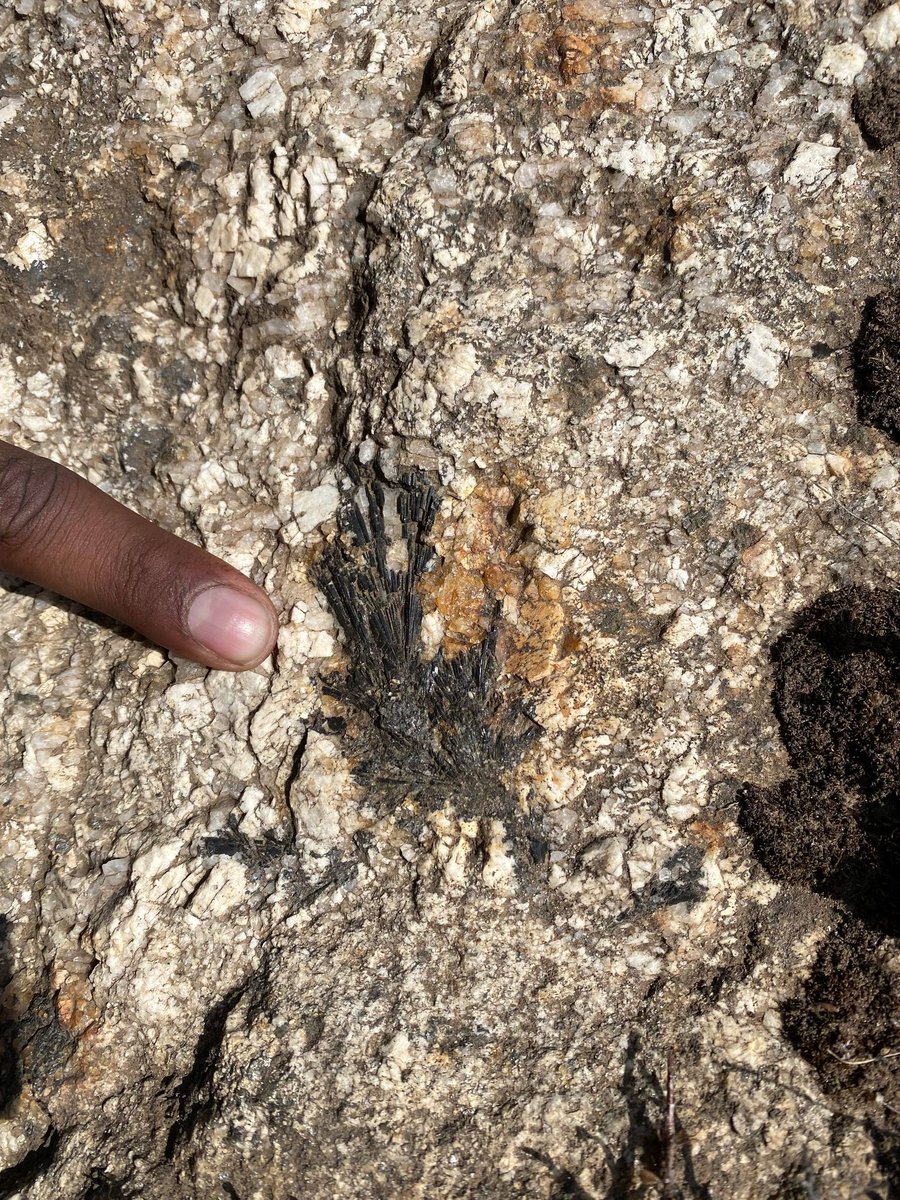
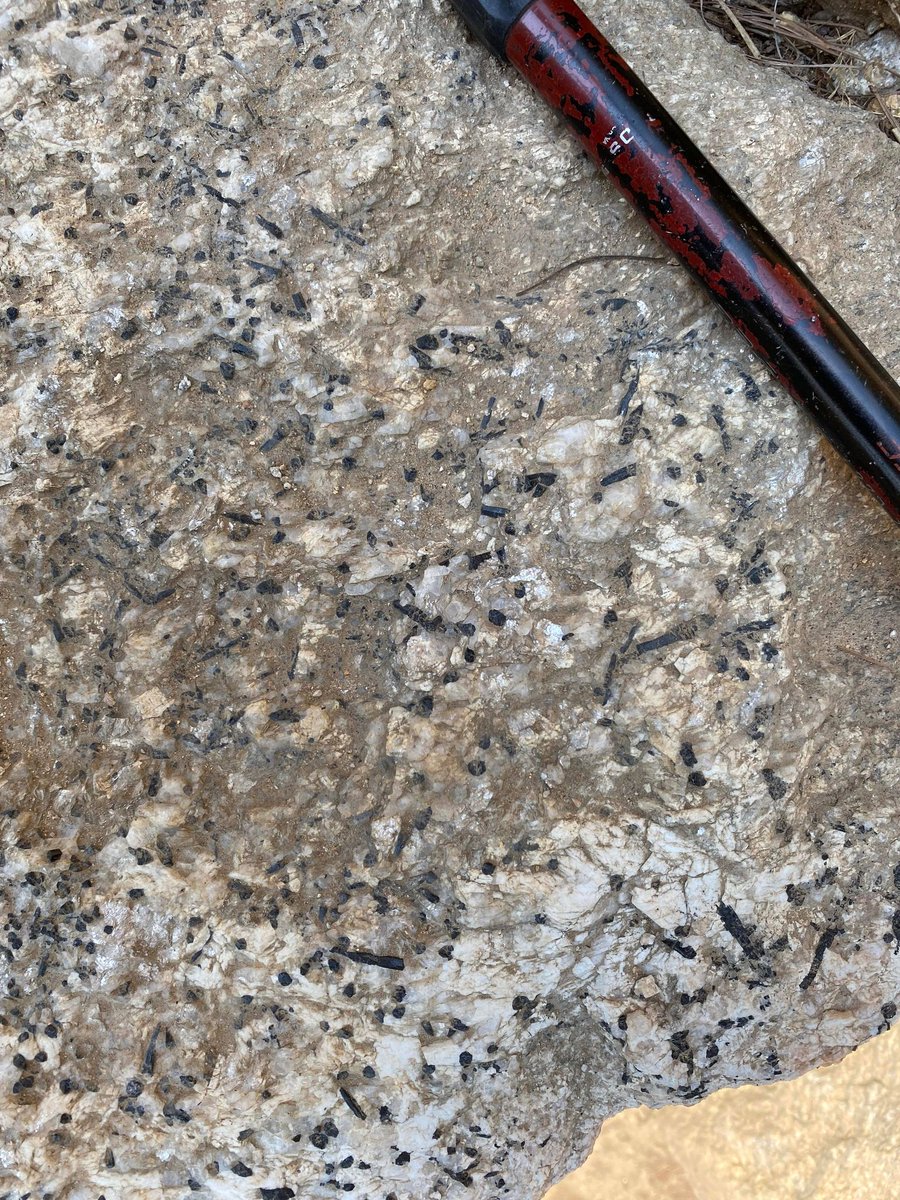
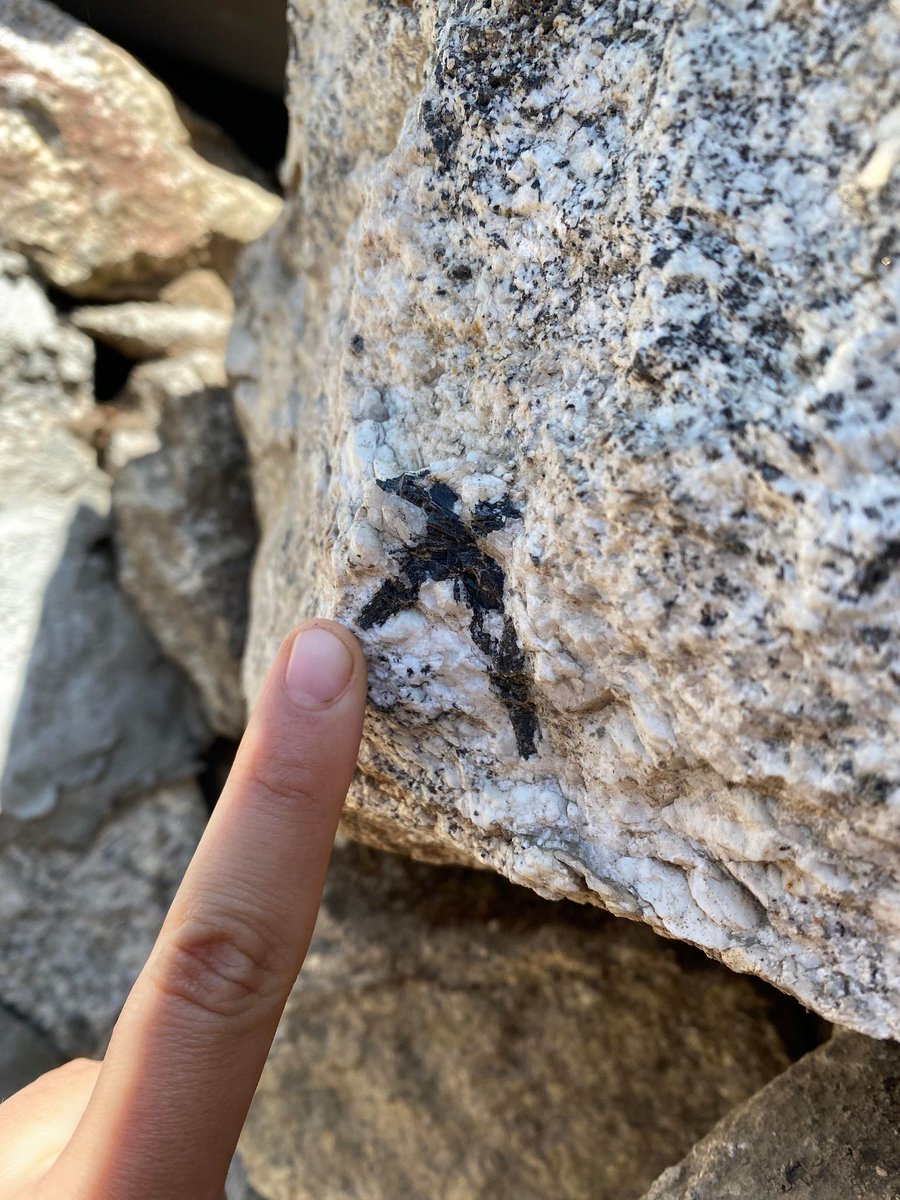
I saw one of my favorite minerals, garnet, a common gemstone that forms little cm-scale balls. Garnets are “geothermobarometers” that can be tell-tale signs of the exact pressure and temperature that the rocks formed at. 8/n 
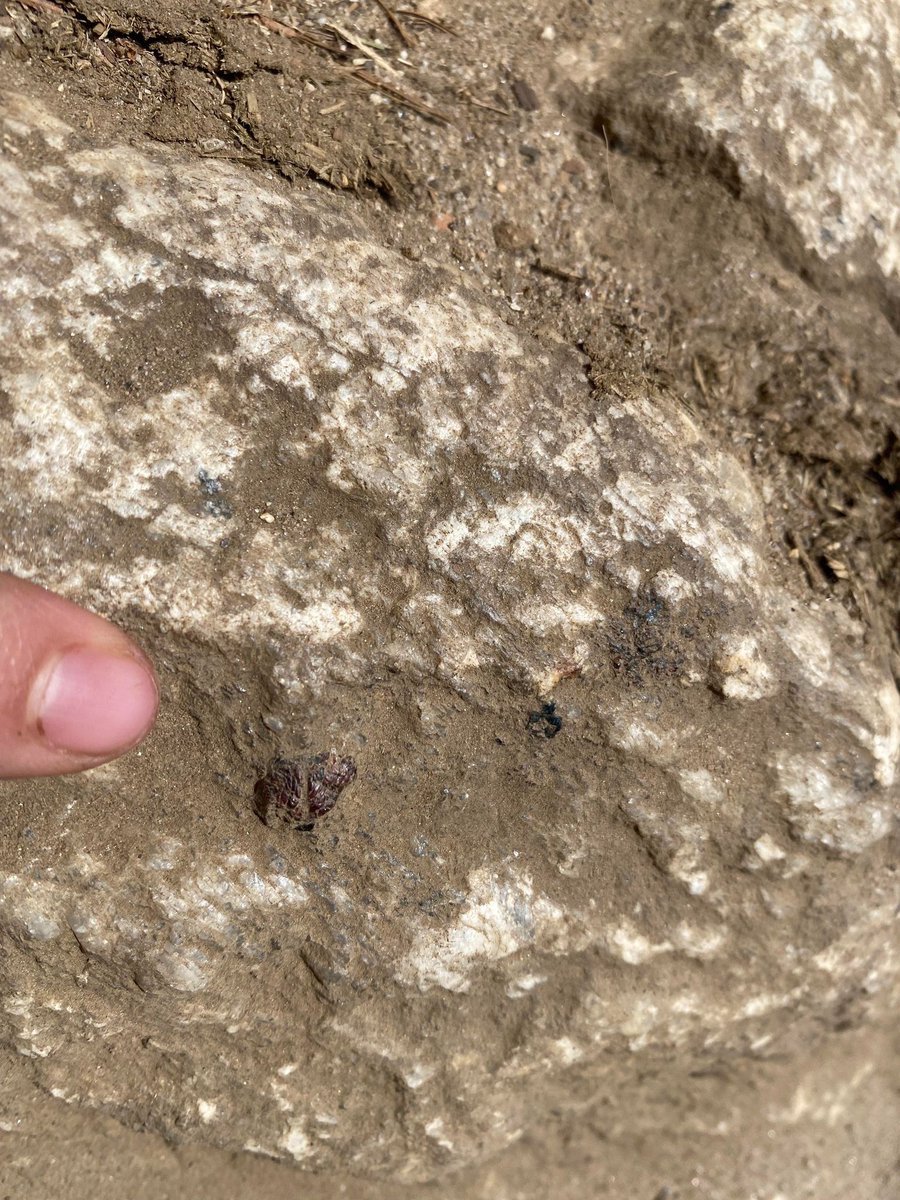
Aside from the rocks, there’s other spectacular types of geology on the EBC trail such as different types of rivers and their sediment as well as records of landslides. 9/n 







At the endpoint of the hike, you will see a spectacular glacial landscape created by the Khumbu glacier, including morraines and glacial lakes. You will realize that you just hiked through the Khumbu valley - a classic u-shaped that was once carved by the Khumbu glacier. 10/n 


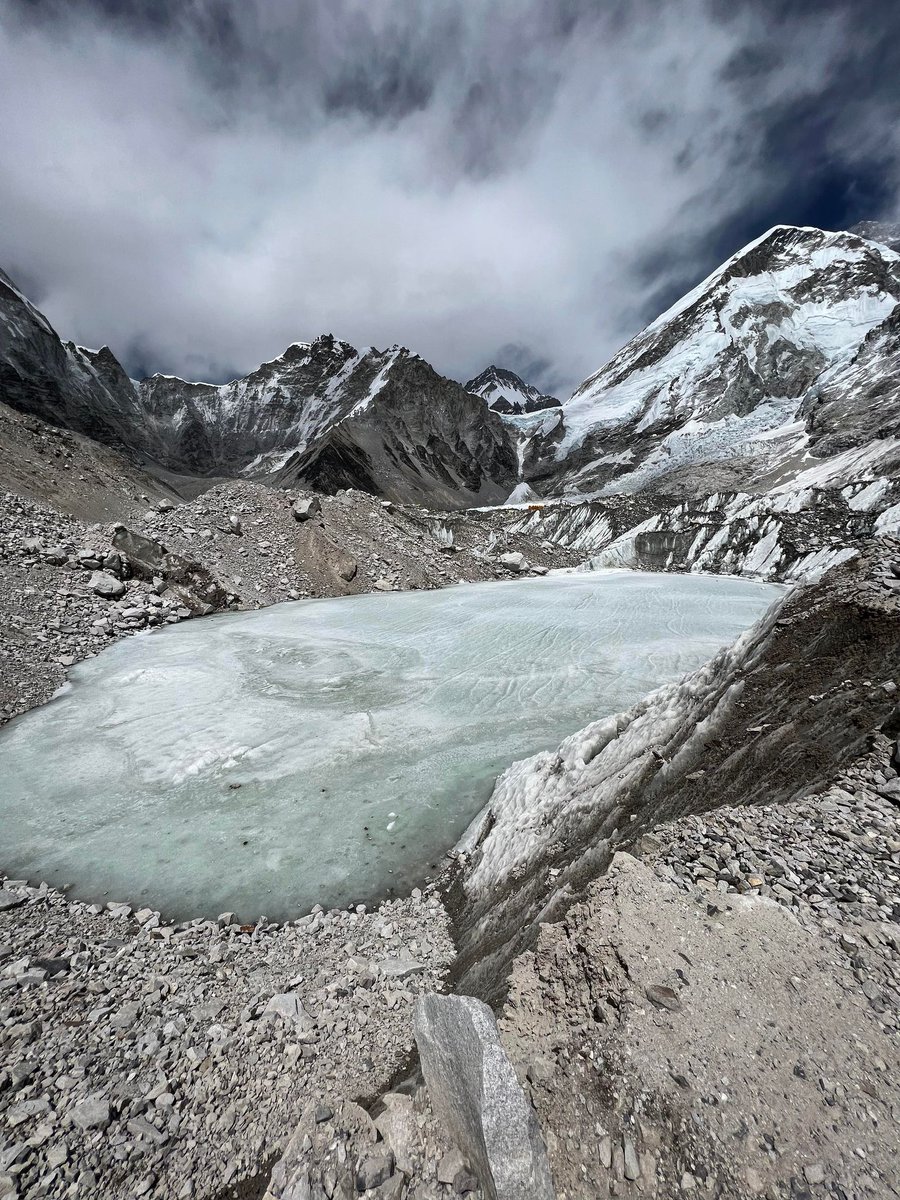


• • •
Missing some Tweet in this thread? You can try to
force a refresh



